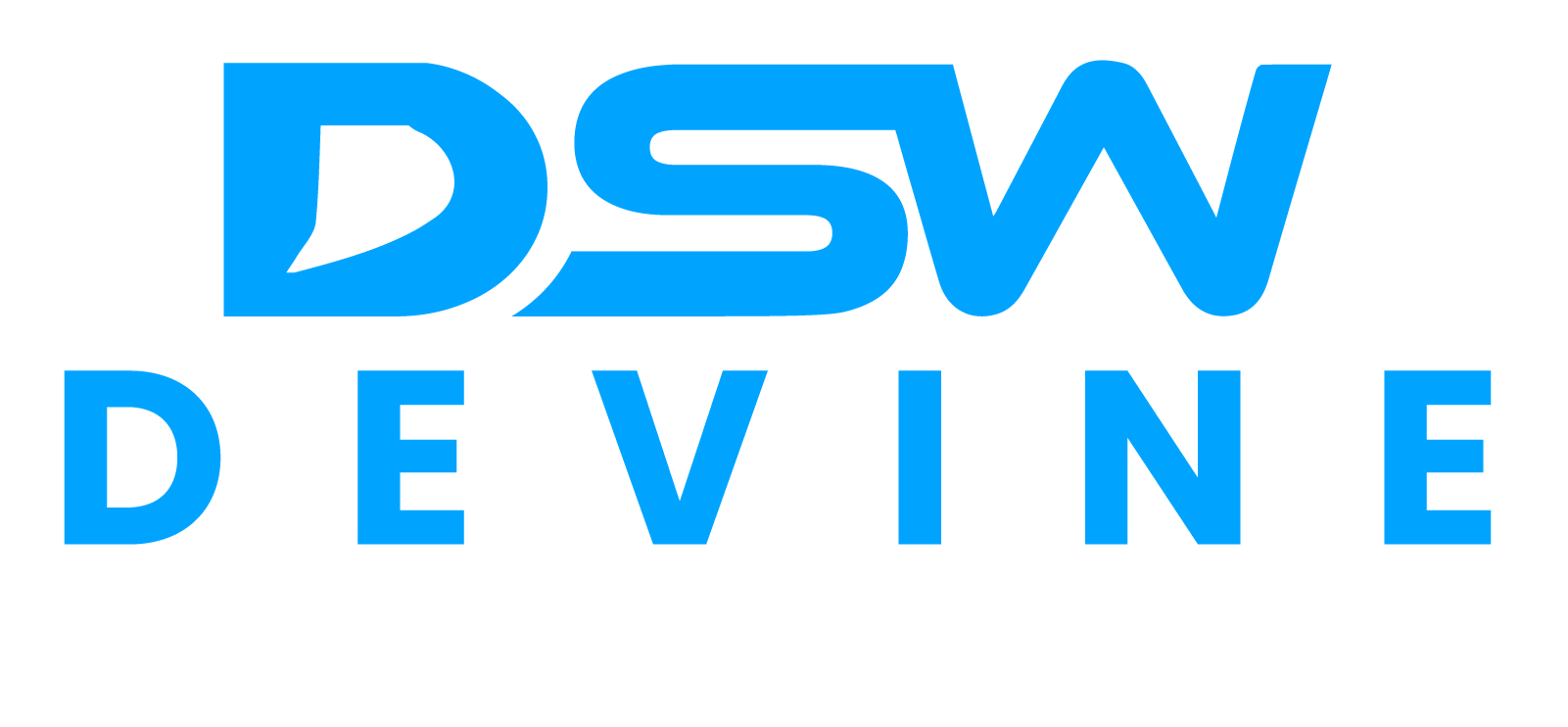Land clearing is a crucial step in various construction and development projects, ranging from residential and commercial buildings to agricultural expansion.
However, before diving into the process, it’s essential to understand the factors influencing land clearing costs.
In this comprehensive guide, we’ll explore the various aspects that contribute to the overall expense of land clearing services.
Factors Affecting Land Clearing Costs
1. Size of the Land
One of the primary determinants of land clearing costs is the size of the area that needs clearing. Larger plots of land will naturally require more time, equipment, and labor, leading to higher costs. Smaller projects may be more cost-effective, but it’s crucial to consider the specific requirements of each site.
2. Type of Vegetation
The type and density of vegetation on the land significantly impact the cost of clearing. Dense forests or areas with large trees will require more extensive machinery and skilled labor, leading to increased costs. Clearing grassy or shrubby areas might be more straightforward and economical.
3. Terrain and Accessibility
The topography of the land and its accessibility also play a role in determining costs. Steep or uneven terrain may require specialized equipment, impacting the overall expenses. Additionally, if the site is challenging to reach, transportation costs for machinery and personnel may increase.
4. Regulatory Compliance
Compliance with local, state, or federal regulations is crucial in land-clearing projects. Obtaining the necessary permits and adhering to environmental guidelines may involve additional costs. Failure to comply with regulations can result in fines and delays, making it essential to budget for these aspects.
5. Debris Disposal
The disposal of cleared vegetation and debris is often an overlooked cost. Depending on the local regulations and the type of waste, you may need to factor in transportation and disposal fees. Recycling or repurposing materials can sometimes offset these costs.
6. Equipment and Technology
The choice of equipment and technology used in land clearing significantly influences costs. More advanced machinery may be more efficient but also comes with a higher price tag. Balancing the need for specialized equipment with the overall budget is crucial.
7. Labor Costs
Skilled labor is a vital component of land clearing, and the expertise required can affect costs. Experienced operators and workers familiar with the specific challenges of the site can contribute to a smoother and more efficient clearing process.
8. Timeline
The urgency of the project timeline can impact costs. Rushed projects may require additional resources, leading to higher expenses. Planning and allowing for a reasonable timeframe can help manage costs and ensure a well-executed land-clearing process.
Cost Estimates for Different Land Clearing Methods
1. Traditional Clearing
Traditional methods involve manual labor and basic equipment like chainsaws and bulldozers. While this approach may be suitable for smaller projects with less dense vegetation, it can become labor-intensive and costly for larger or more challenging sites.
2. Mechanical Clearing
Mechanical clearing utilizes heavy machinery such as excavators, mulchers, and forestry mowers. This method is more efficient for larger projects but comes with higher equipment and operating costs.
3. Chemical Clearing
Chemical methods involve the use of herbicides to kill vegetation. While this approach may be cost-effective initially, it may not be suitable for all environments, and regulatory restrictions may apply.
4. Combination Clearing
Many land clearing projects use a combination of methods to optimize efficiency and cost-effectiveness. For example, mechanical clearing may be followed by manual cleanup to ensure thorough removal of debris.
Conclusion
Land clearing costs are influenced by a multitude of factors, each requiring careful consideration in project planning. Understanding the specific requirements of the site, adhering to regulations, and choosing the most suitable cleaning method can help manage costs effectively. By investing time and resources in proper planning, landowners and developers can ensure a successful and cost-efficient land-clearing process.





